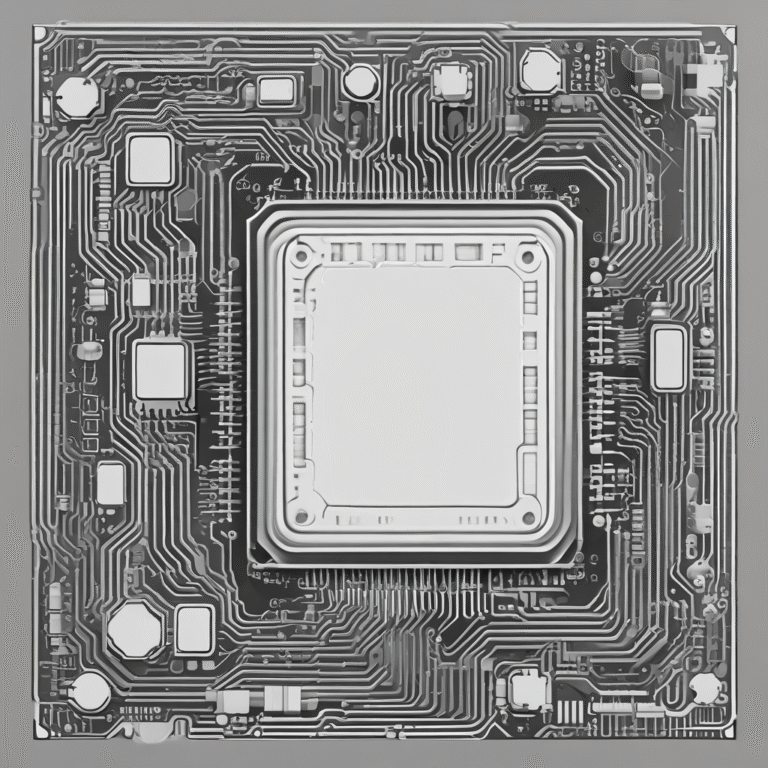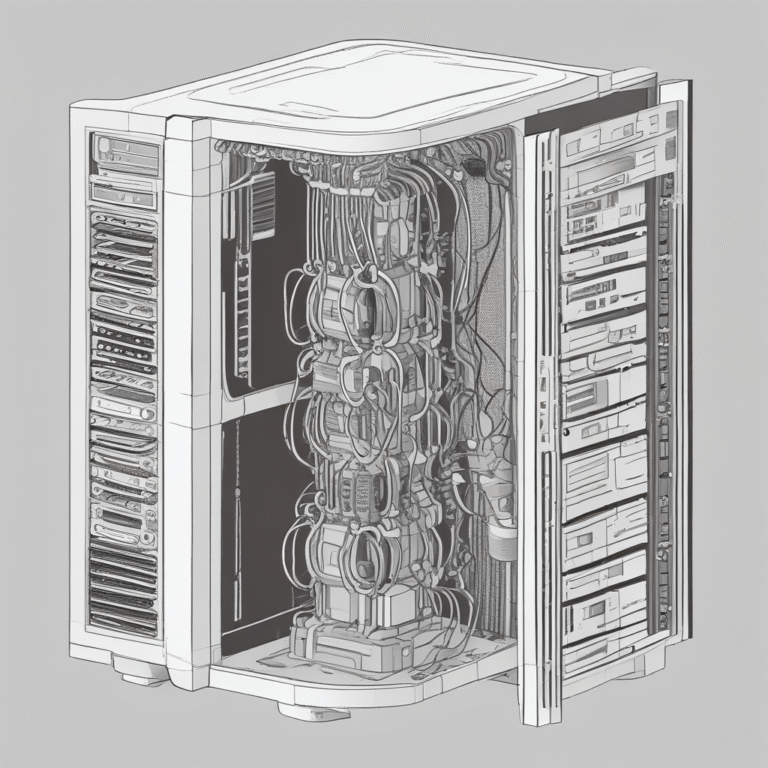Understanding the EU AI Act and Its Implications for Security Leaders
The EU AI Act represents a significant regulatory framework aimed at governing the deployment and management of artificial intelligence (AI) technologies. Security leaders must understand the implications of this act as it develops, particularly how Data Security Posture Management (DSPM) can assist organizations in achieving compliance.
DSPM’s Emerging Role in Compliance
DSPM plays a pivotal role in ensuring that organizations align with the stringent requirements set forth by the EU AI Act. This is particularly vital when it comes to the secure deployment of AI and the protection of sensitive data.
Visibility and Control Over the AI Landscape
The AI landscape is diverse, with millions of closed and open-source models, agents, and tools. Organizations often struggle to comprehend the risks associated with adopting such a varied array of components. Zscaler’s DSPM provides deep, centralized visibility into these diverse AI components. This unified visibility streamlines compliance efforts by:
- Identifying data vulnerabilities
- Ensuring regulatory adherence
Particularly in high-risk AI environments, having a comprehensive view is essential for managing compliance effectively.
AI Data Security
Data is the lifeblood of AI; therefore, any AI security solution must prioritize data security. Zscaler DSPM helps organizations comply with the EU AI Act by:
- Breaking down fragmented data silos
- Providing a centralized view of sensitive information across diverse data landscapes and AI systems
It secures AI data in two primary ways:
- Detecting unwanted access to data from AI services
- Ensuring that the data consumed by AI is identified, mitigating risks of malicious modification or poisoning
Furthermore, DSPM categorizes data based on its sensitivity and legal requirements, enabling organizations to swiftly identify high-risk data—whether it involves personal details or critical infrastructure. Continuous scanning and monitoring ensure that organizations can detect anomalies, enforce access controls, and guarantee that AI models utilize clean, regulatory-compliant datasets.
AI Governance
Maintaining control over the vast AI supply chain is crucial. For instance, organizations may wish to prevent users from employing models with low downloads or risky origins from platforms like Hugging Face. Zscaler DSPM aids in understanding the efficacy of AI guardrails and security controls, ensuring that AI implementations adhere to safety standards such as the NIST AI Risk Management Framework.
Promoting Responsible AI
The EU AI Act emphasizes the development and use of responsible AI. DSPM is instrumental in achieving this by focusing on security and data privacy. The integration of AI-SPM and DSPM provides a comprehensive security strategy that protects both data assets and AI systems, minimizing risks associated with AI deployment. This convergence ensures that organizations can adopt AI safely while adhering to responsible AI guidelines.
Conclusion
As organizations navigate the complexities of the EU AI Act, understanding the role of DSPM becomes essential. By leveraging DSPM capabilities, organizations can enhance their compliance posture, secure sensitive data, and promote responsible AI practices.










